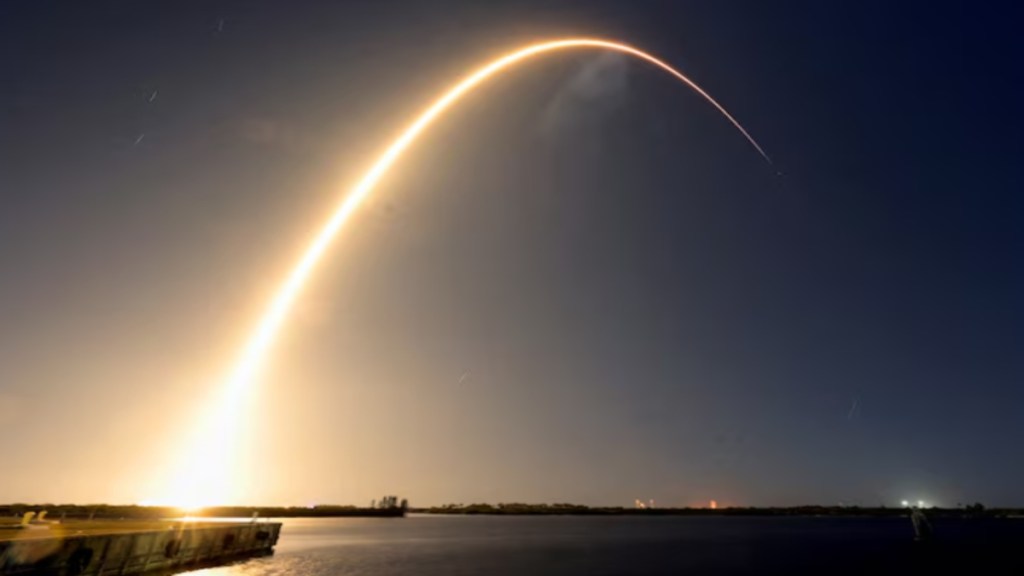Firefly Aerospace became the second US company to land on the moon successfully, marking a significant milestone in the modern space race. The company’s debut lunar lander, Blue Ghost, touched down on Sunday at 3:35 a.m. ET near Mare Crisium, a vast lunar basin. This achievement places Firefly among a select group of private firms capable of reaching the lunar surface.
The compact car-sized Blue Ghost carried 10 scientific payloads to support a two-week research mission. Flight controllers at Firefly’s headquarters in Austin, Texas, confirmed the successful landing after monitoring the spacecraft’s descent at a controlled two miles per hour. This mission follows the recent soft landing by Houston-based Intuitive Machines, further advancing private-sector lunar exploration.
Cutting-edge technology
Equipped with two navigation cameras, Blue Ghost carefully selected a safe landing site. Its four carbon-composite legs contained impact sensors that automatically shut down the engine upon touchdown. The lander relies on two side solar panels and a top-mounted panel to generate power, sustaining research activities until the harsh lunar night arrives.
Firefly’s moonshot is part of NASA’s broader Artemis program, which envisions a sustainable lunar economy. With a $101 million NASA contract, Firefly joins other private players like SpaceX and Blue Origin in shaping future lunar missions. As China, Japan, and India accelerate their lunar ambitions, missions like Blue Ghost play a crucial role in studying the moon’s surface for future human landings.
One of Blue Ghost’s key experiments involves analysing lunar soil and surface temperatures, providing valuable data for future missions.
(With Reuters inputs)


